Home>Gardening & Outdoor>Landscaping Ideas>Why Is My Grass Dying In Winter
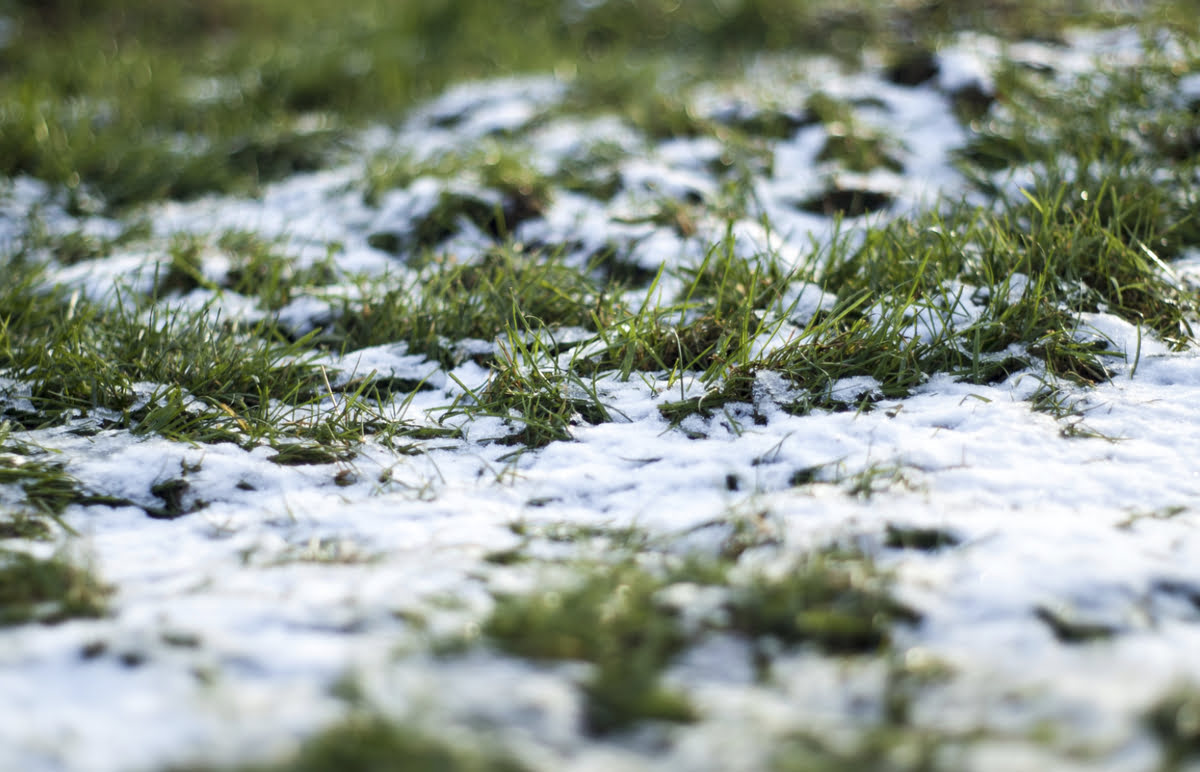

Landscaping Ideas
Why Is My Grass Dying In Winter
Modified: February 18, 2024
Discover effective landscaping ideas to prevent your grass from dying in winter. Get expert tips to keep your lawn lush and healthy all season long.
(Many of the links in this article redirect to a specific reviewed product. Your purchase of these products through affiliate links helps to generate commission for Storables.com, at no extra cost. Learn more)
Introduction
Winter can be a challenging time for your lawn. As the temperature drops and the days grow shorter, your once-lush grass may start to show signs of distress. If you’ve noticed your grass turning brown or even dying during the winter months, you’re not alone. Many homeowners struggle with maintaining a healthy lawn when faced with the harsh conditions of winter.
In this article, we’ll explore the reasons why grass can struggle during the winter and provide valuable insights into how you can prevent your lawn from succumbing to the seasonal stress. By understanding the underlying causes and implementing proactive measures, you can help your grass thrive, even in the coldest months.
So, if you’ve ever wondered, “Why is my grass dying in winter?” or “What can I do to keep my lawn healthy during the colder months?” – you’re in the right place. Let’s dive into the fascinating world of winter lawn care and discover the secrets to a vibrant, resilient lawn, year-round.
Key Takeaways:
- Grass can struggle in winter due to frost, lack of moisture, and compacted soil. To help your lawn thrive, adjust mowing height, ensure hydration, and consider overseeding with cold-tolerant grass species.
- Winter lawn care is crucial for a vibrant, resilient lawn. Implement proactive measures like aeration, proper fertilization, and snow management to protect your grass from the challenges of the cold season.
Read more: Why Did My Grass Die
Understanding Winter Stress on Grass
Winter poses unique challenges for grass, primarily due to the combination of cold temperatures, reduced sunlight, and environmental factors. As the mercury drops, grass enters a state of dormancy, redirecting its energy and resources to survive the harsh conditions. During this period, the growth of grass slows down significantly, and it becomes more susceptible to damage.
One of the key stressors on grass during winter is frost. When temperatures plummet, frost can form on the grass blades, causing cellular damage and dehydration. Additionally, repeated freezing and thawing cycles can weaken the grass’s structure, leading to brittleness and potential breakage.
Furthermore, winter precipitation, such as snow and ice, can create a barrier that limits the grass’s access to air and sunlight, hindering its ability to carry out essential photosynthesis. This reduced sunlight, coupled with the dormant state of the grass, can result in a gradual decline in its overall health and appearance.
It’s important to note that different grass species have varying tolerances to winter stress. Cool-season grasses, such as Kentucky bluegrass and fescue, are more resilient in colder climates, while warm-season grasses, like Bermuda grass and zoysia grass, may struggle to thrive during the winter months.
By understanding the specific challenges that winter poses for grass, you can take proactive steps to mitigate the stress and support your lawn’s health and vitality. In the following sections, we’ll delve into the common causes of grass dying in winter and explore effective strategies for safeguarding your lawn against the seasonal hardships.
Common Causes of Grass Dying in Winter
Several factors can contribute to the decline and potential death of grass during the winter months. Understanding these common causes is crucial in identifying and addressing the underlying issues that may be impacting the health of your lawn.
- Lack of Moisture: Winter drought, often exacerbated by cold winds and low humidity, can deprive grass of essential moisture. Without an adequate water supply, grass may struggle to maintain its cellular structure and overall health, leading to browning and potential die-off.
- Compacted Soil: Heavy foot traffic and the weight of snow and ice can compact the soil, reducing the availability of oxygen and impeding the grassroots’ ability to access nutrients and water. Compacted soil can hinder the grass’s resilience and contribute to its decline.
- Fungal Diseases: Certain fungal diseases, such as snow mold and pink snow mold, can thrive in cold, wet conditions, posing a threat to the health of grass. These diseases can manifest as discolored patches on the lawn and weaken the grass’s ability to withstand winter stress.
- Poor Drainage: Inadequate drainage can lead to the accumulation of water and ice on the lawn, creating an environment that is conducive to disease development and root suffocation. Poorly drained areas are more susceptible to damage, potentially resulting in grass dying off in localized spots.
- Winter Desiccation: The combination of freezing temperatures and dry winds can lead to winter desiccation, where grass loses moisture through its foliage faster than it can absorb it from the soil. This dehydration can cause the grass to dry out and turn brown, signaling its distress.
- Excessive Shade: Reduced sunlight during winter, compounded by existing shade from structures or trees, can limit the grass’s ability to photosynthesize and generate energy. Grass in shaded areas may struggle to maintain its vigor and color during the winter months.
By recognizing these common causes of grass dying in winter, you can take proactive measures to address and mitigate these factors, promoting a healthier and more resilient lawn. In the following section, we’ll explore valuable tips for preventing grass from dying in winter, equipping you with actionable strategies to safeguard your lawn’s well-being.
Make sure to keep your grass well-watered during the winter months, as dehydration can cause it to die. Also, avoid walking on frozen or dormant grass to prevent damage.
Tips for Preventing Grass from Dying in Winter
While winter presents challenges for maintaining a vibrant lawn, there are several proactive measures you can take to protect your grass from the perils of the cold season. By implementing these tips, you can bolster your lawn’s resilience and promote its overall health, ensuring that it emerges from winter with vigor and vitality.
- Proper Mowing: Before winter sets in, adjust your mowing height to leave the grass slightly taller. This helps the grass capture more sunlight and provides additional insulation, aiding its ability to withstand winter stress.
- Adequate Hydration: Ensure that your lawn receives sufficient moisture, especially in the absence of regular rainfall. Deep, infrequent watering can help the grass maintain its health and combat winter drought.
- Aeration: Consider aerating your lawn to alleviate soil compaction and enhance the grassroots’ access to essential nutrients, water, and oxygen. Aeration promotes a healthier root system, improving the grass’s resilience in the face of winter stress.
- Overseeding: Overseeding with cold-tolerant grass species can bolster your lawn’s density and resilience, filling in any thin or damaged areas and fortifying it against winter-related challenges.
- Appropriate Fertilization: Apply a winterizing fertilizer with a balanced blend of nutrients to provide the grass with essential nourishment, promoting its strength and vitality during the colder months.
- Minimize Foot Traffic: Limiting foot traffic on the lawn, especially when it’s frozen or covered in snow, can help prevent soil compaction and minimize stress on the grass, aiding its ability to withstand winter conditions.
- Snow Management: When snow accumulates on the lawn, gently remove excessive snow to prevent prolonged moisture exposure and minimize the risk of snow mold and other fungal diseases.
- Address Drainage Issues: Improve drainage in problem areas to prevent waterlogging and reduce the risk of disease development and root suffocation during winter.
- Monitor Shade Patterns: Identify areas of the lawn that receive limited sunlight and consider pruning trees or shrubs to alleviate shade, promoting better light exposure for the grass.
By incorporating these tips into your winter lawn care routine, you can empower your grass to withstand the seasonal challenges and emerge with renewed vitality as the warmer months approach. Taking a proactive approach to winter lawn maintenance can make a significant difference in the overall health and appearance of your lawn.
As we’ve explored the common causes of grass dying in winter and provided actionable tips for protecting your lawn, it’s evident that with thoughtful care and attention, you can nurture a resilient and vibrant lawn, even in the face of winter’s trials.
Conclusion
As winter casts its icy grip, your lawn faces a myriad of challenges that can impact its health and vibrancy. Understanding the unique stressors that winter imposes on grass is essential in devising effective strategies to safeguard your lawn’s well-being. From frost and winter desiccation to compacted soil and fungal diseases, the threats to your grass are diverse and demand proactive attention.
By recognizing the common causes of grass dying in winter and implementing targeted measures to mitigate these factors, you can empower your lawn to weather the cold season with resilience and vitality. Proper mowing, adequate hydration, aeration, and strategic overseeding are just a few of the tools at your disposal to fortify your grass against the perils of winter.
As you tend to your lawn during the winter months, remember that each proactive step you take contributes to the overall health and appearance of your grass. By nurturing your lawn through the colder season, you set the stage for a lush and vibrant landscape as spring unfolds.
So, the next time you ask, “Why is my grass dying in winter?” remember that with knowledge, care, and thoughtful action, you can cultivate a resilient and flourishing lawn, even in the face of winter’s trials. As you embrace the art of winter lawn care, your grass will stand as a testament to your dedication and the nurturing touch of a caring homeowner.
With these insights and strategies in hand, you’re well-equipped to embark on a journey of winter lawn care that will elevate your grass from mere survival to thriving resilience. Embrace the seasonal rhythms, and let your lawn flourish as a testament to your commitment to its well-being, even in the harshest of seasons.
Frequently Asked Questions about Why Is My Grass Dying In Winter
Was this page helpful?
At Storables.com, we guarantee accurate and reliable information. Our content, validated by Expert Board Contributors, is crafted following stringent Editorial Policies. We're committed to providing you with well-researched, expert-backed insights for all your informational needs.
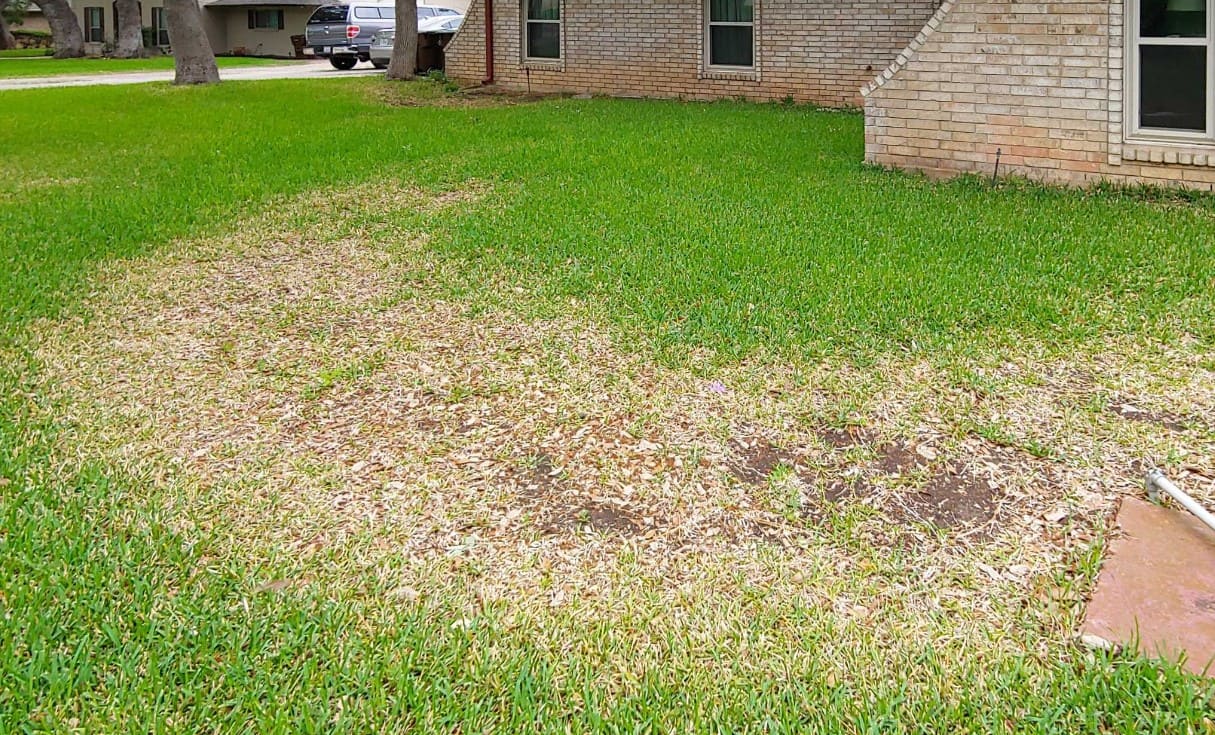
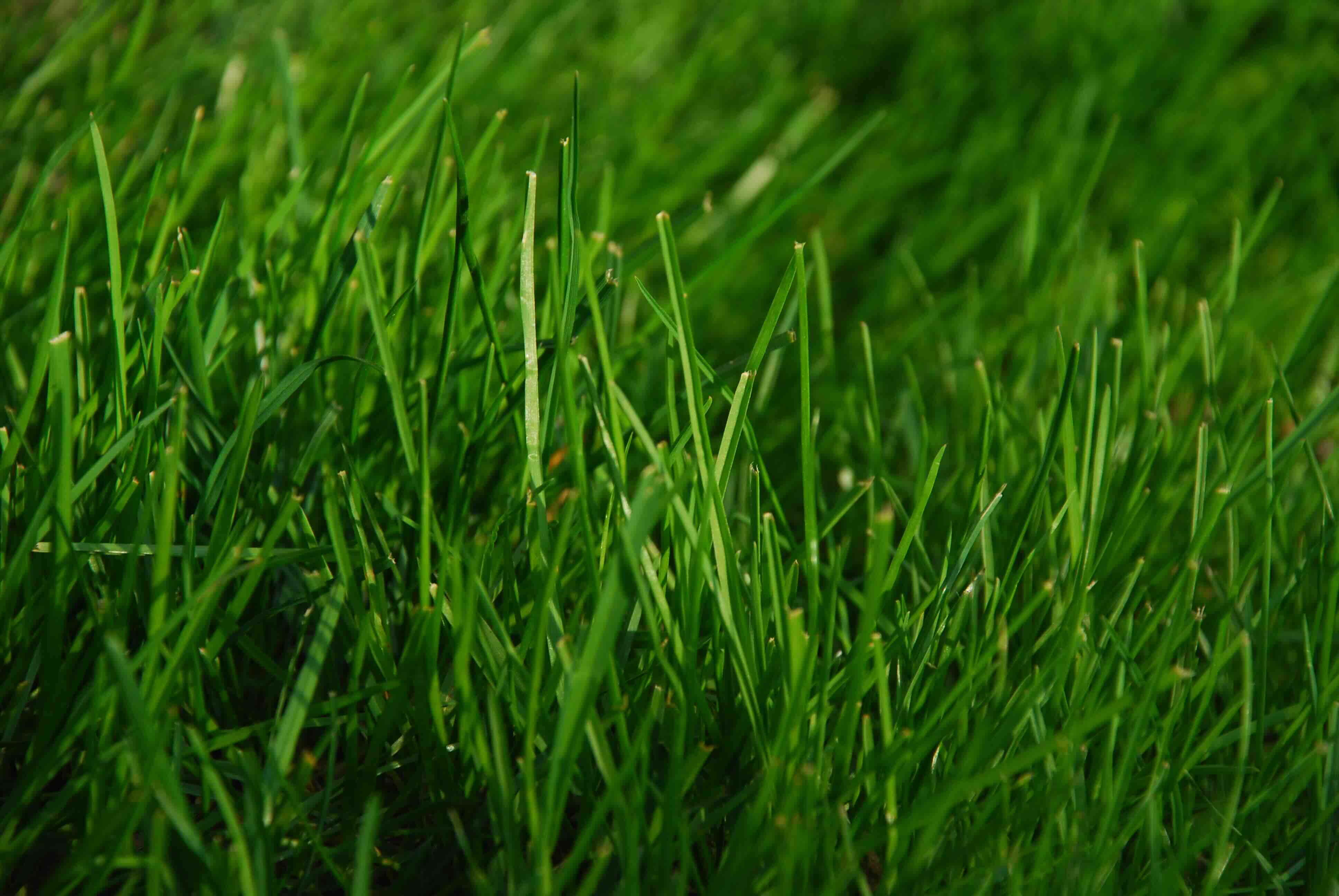
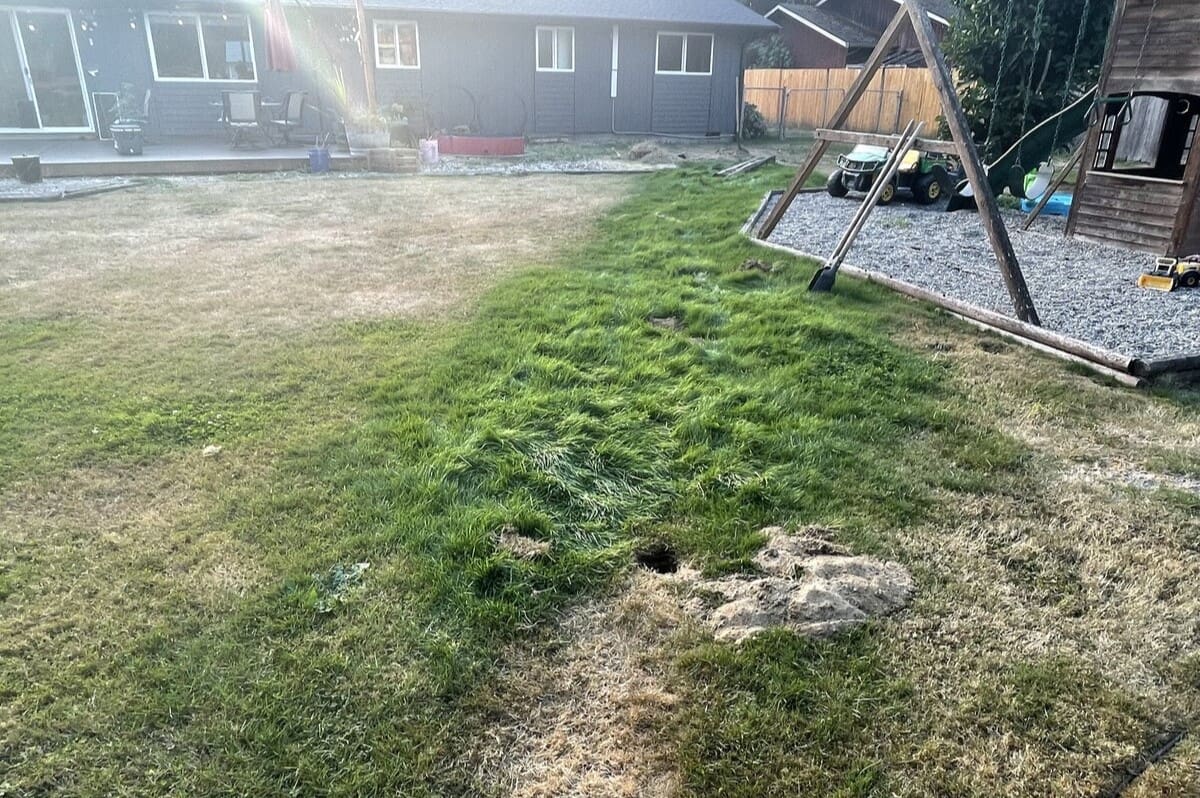

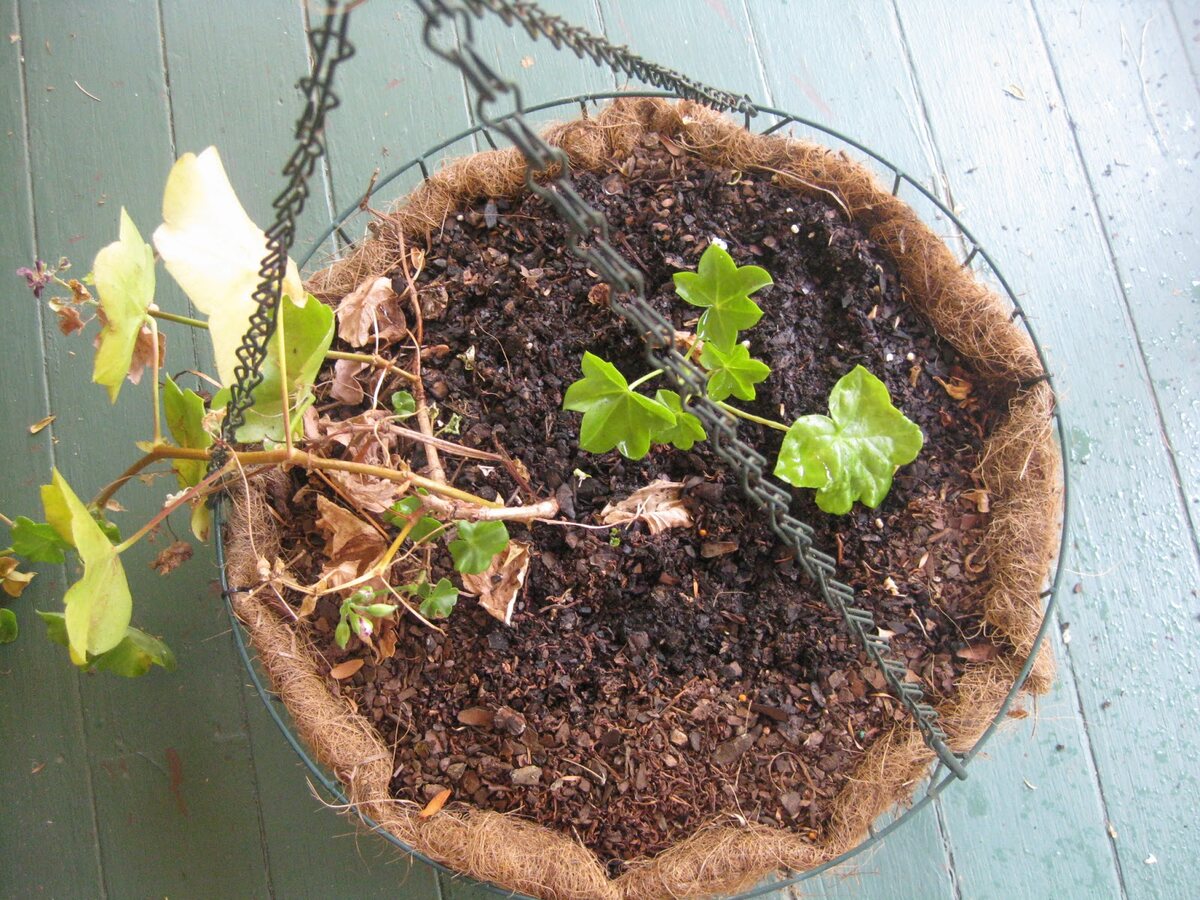
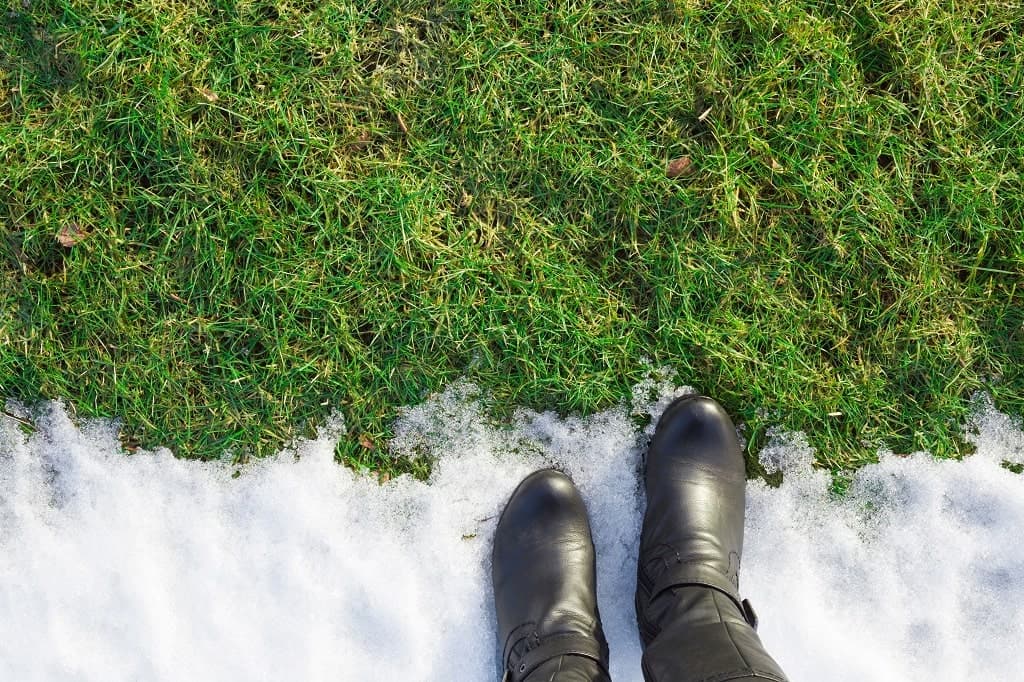

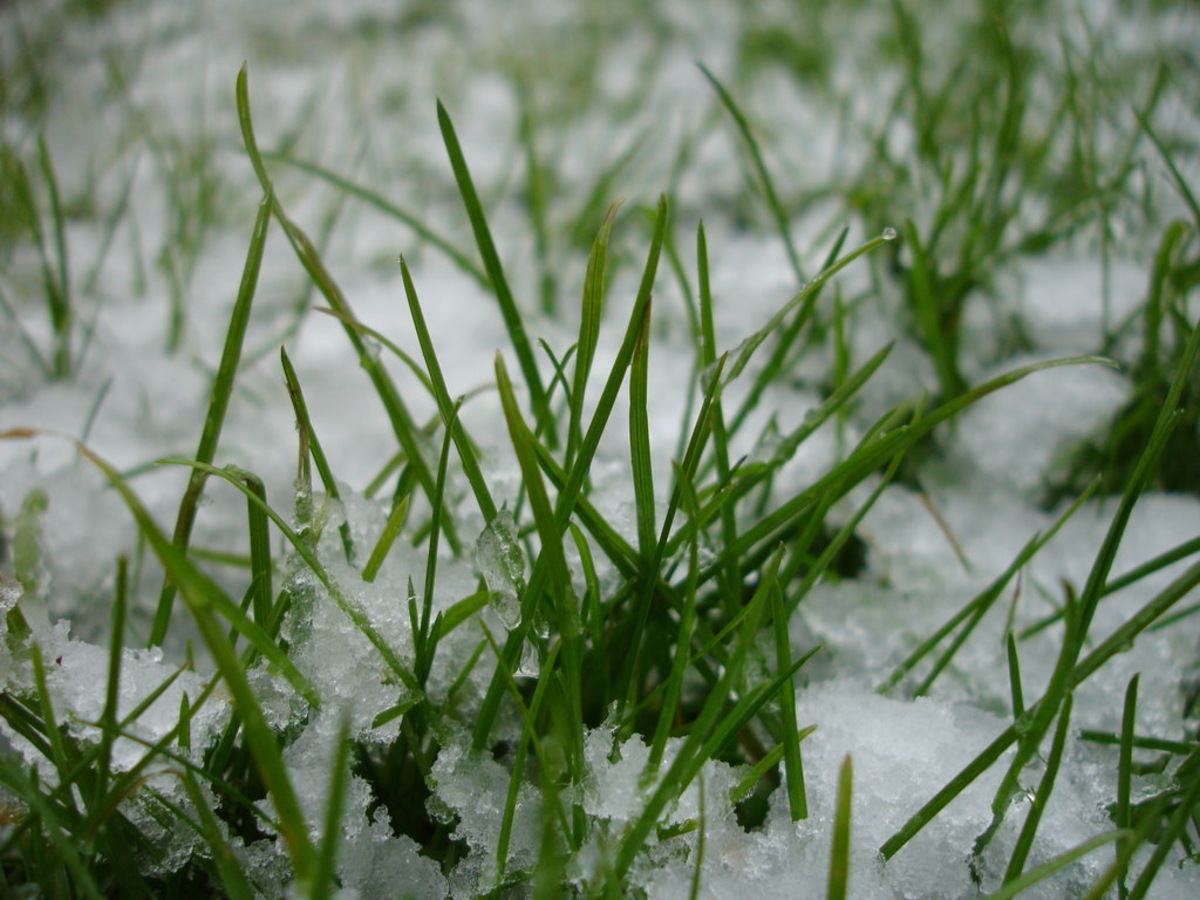

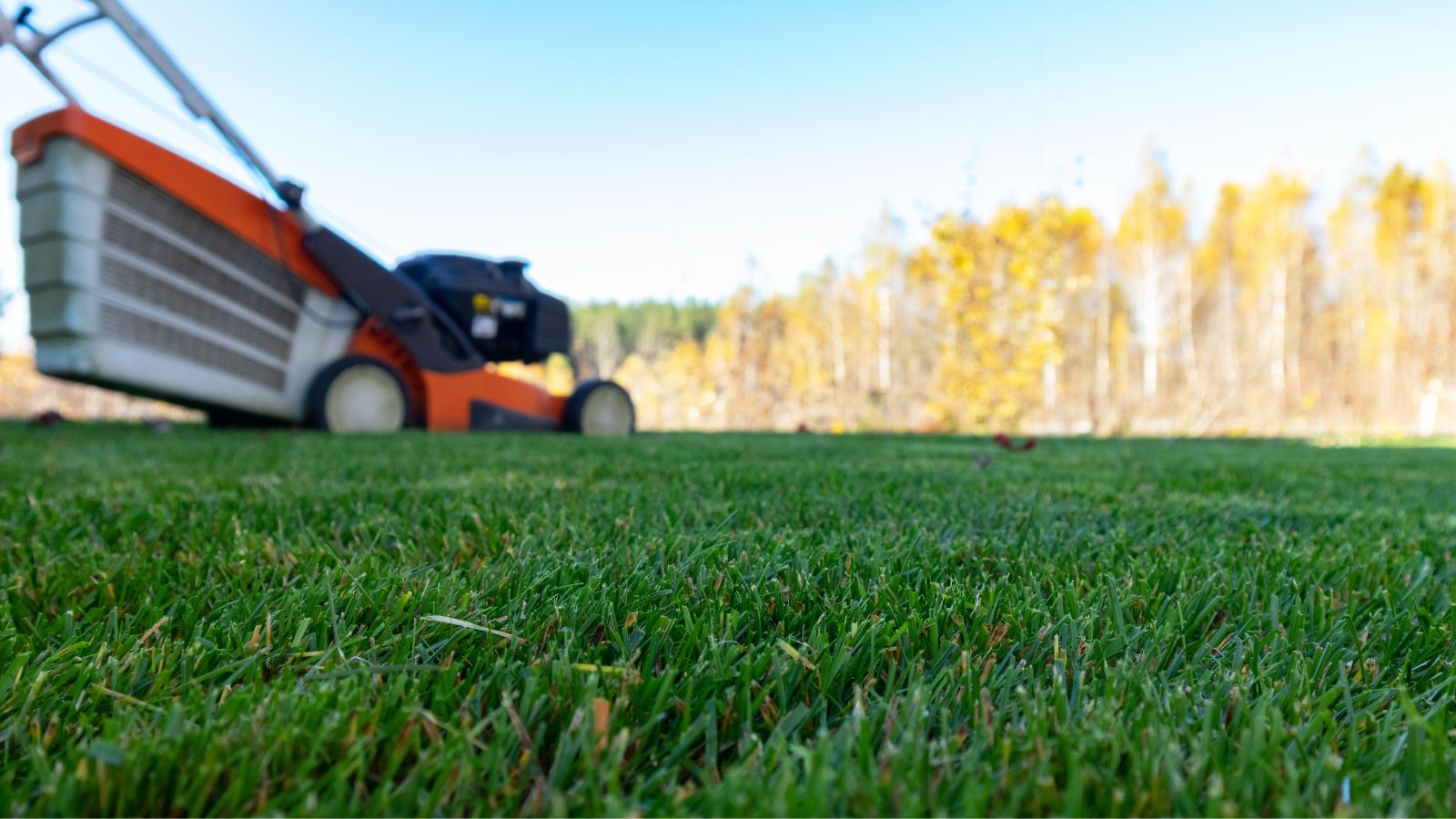
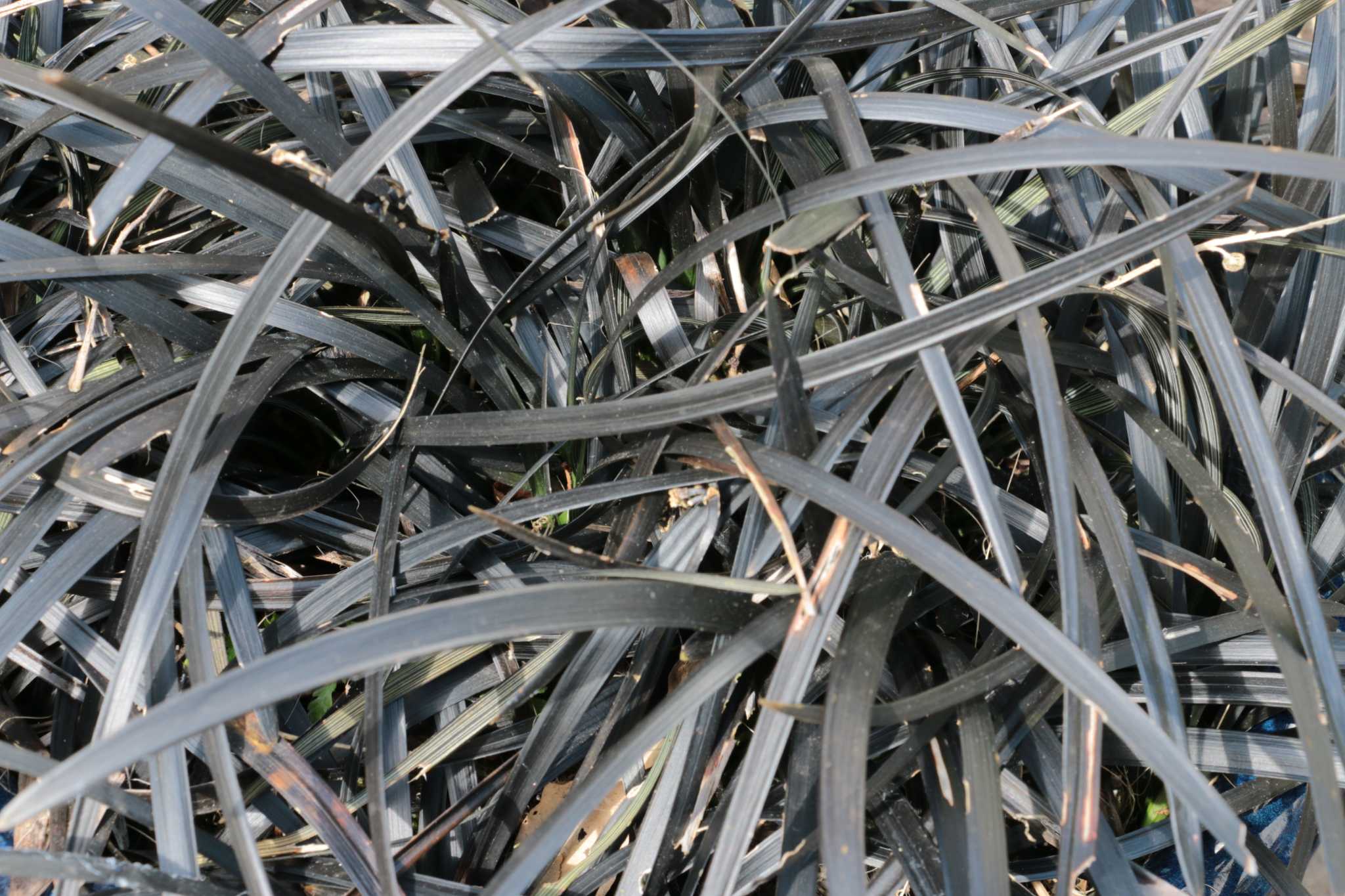
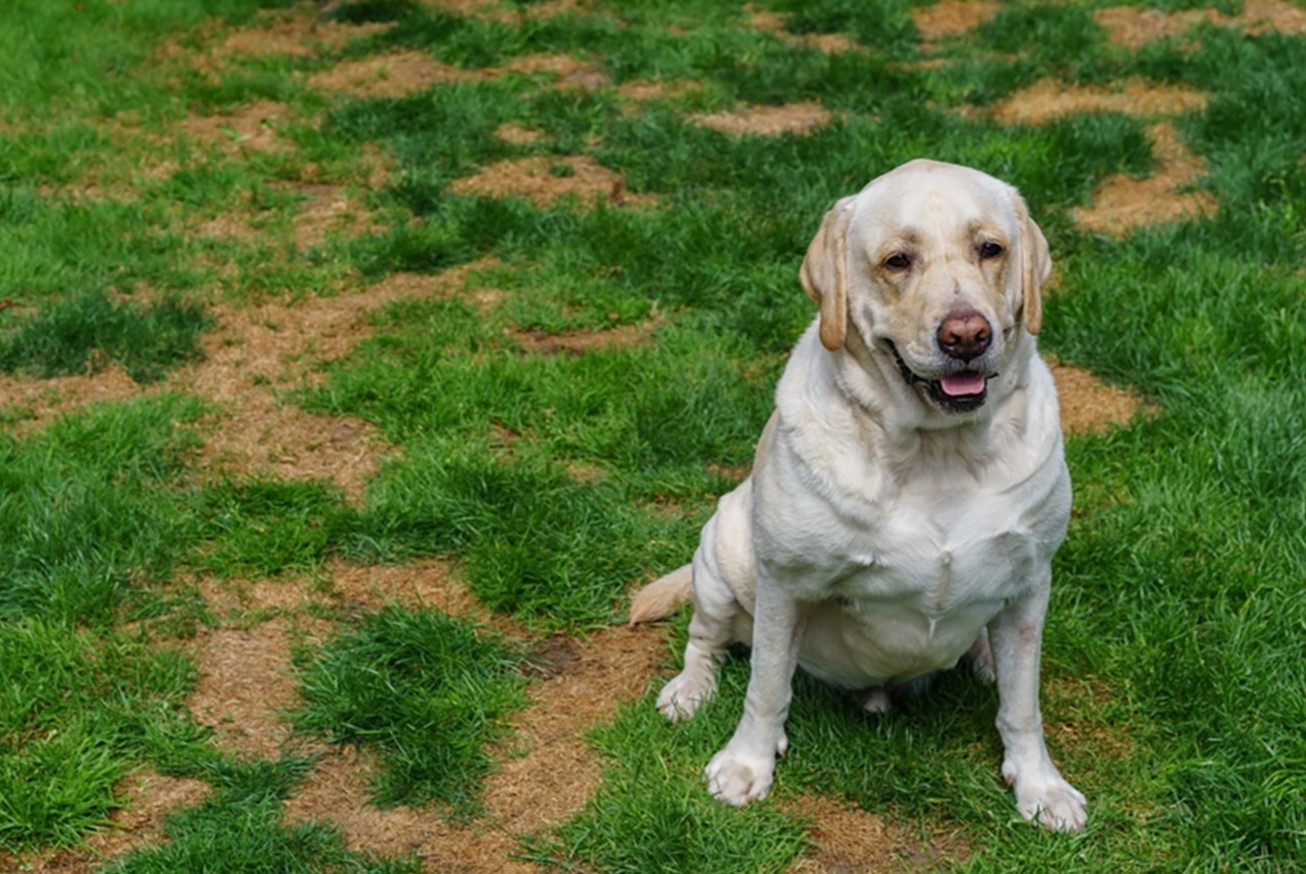
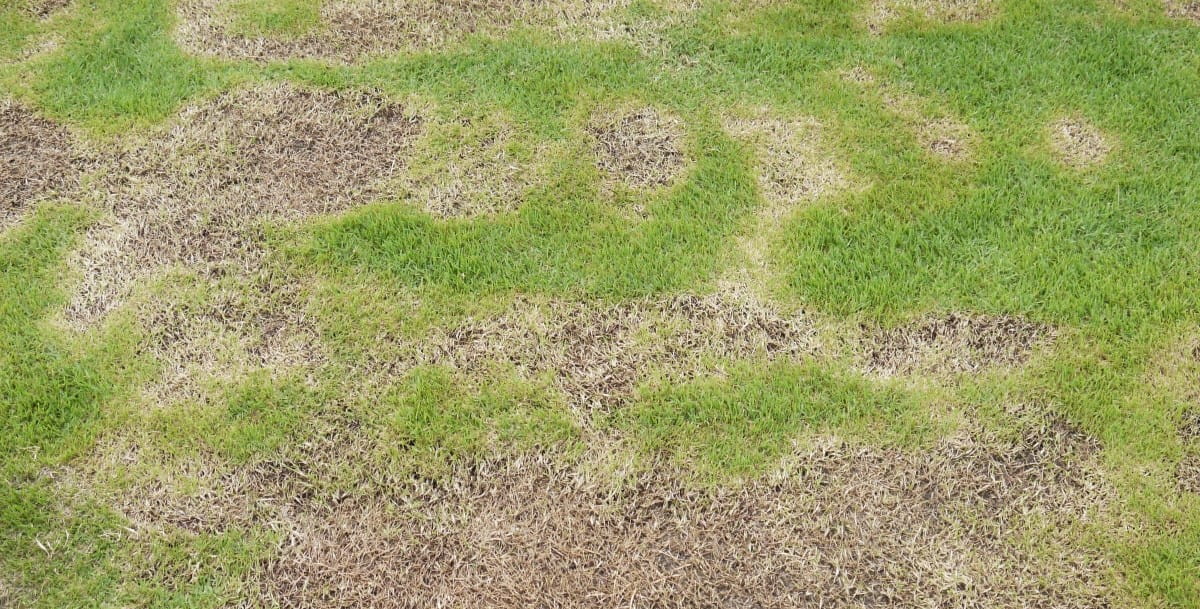
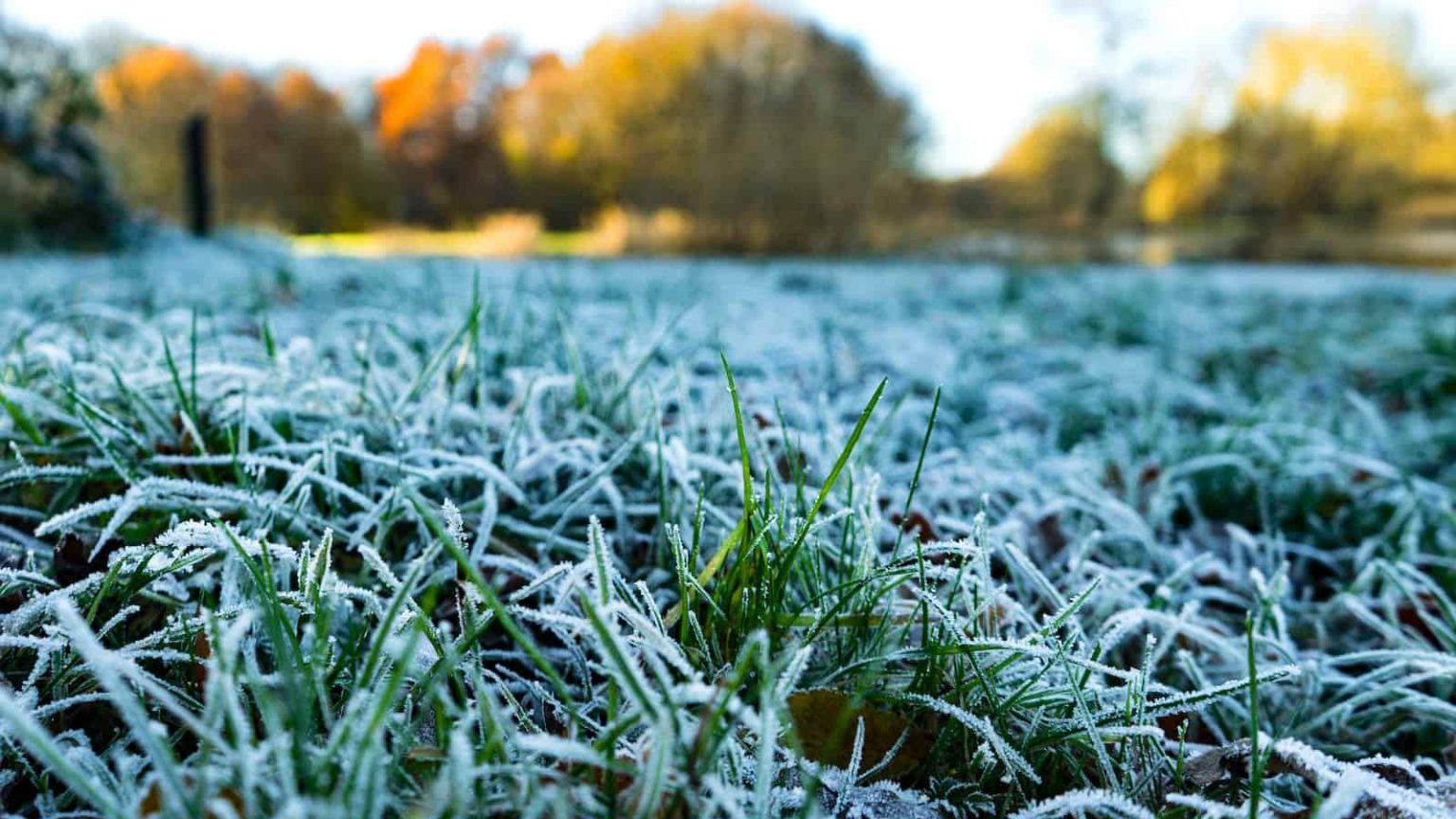
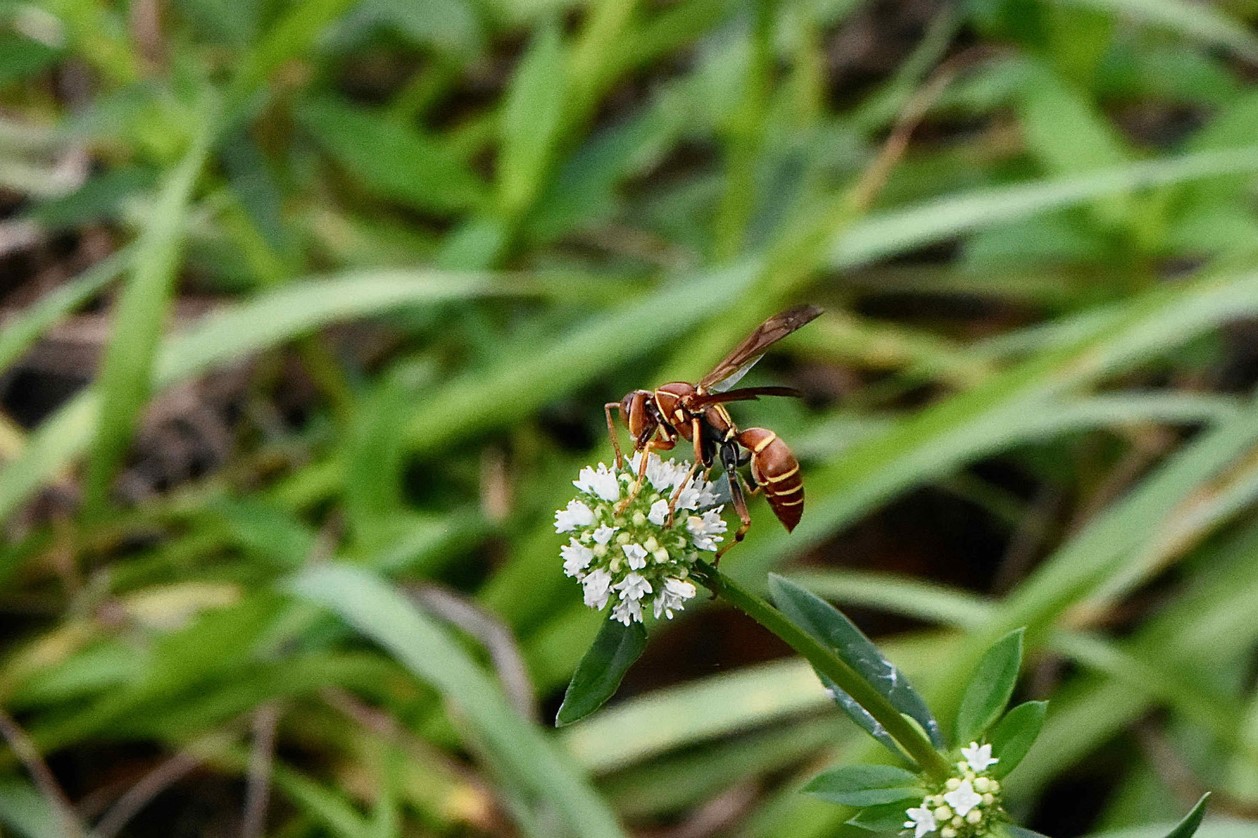

0 thoughts on “Why Is My Grass Dying In Winter”